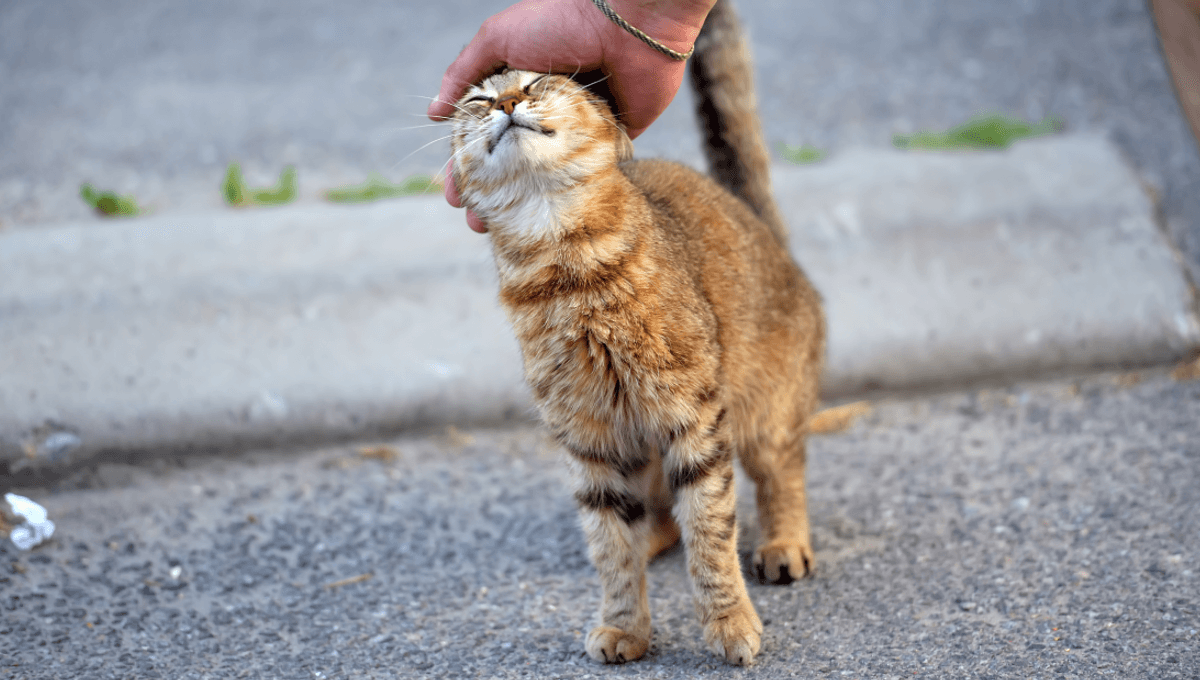
The best approach for getting a cat to interact with you has been uncovered in a new study that trialed three cat calling – in the most literal sense of the phrase – techniques. It found that a combination of audio and visual cues is the most likely to get you attention from a feline on the street, and the least likely to leave you hanging.
The domestication of cats and dogs has meant that some of these animals now spend more time with humans than they do with their own kind. This has led to the development of “human specialized” socio-cognition, something researchers on a new paper wanted to delve into.
It’s known that dogs look at human faces as well as listen to vocal cues as a way of interacting with humans, but what about cats? The new research put cats’ sensitivity to human cues to the test by exploring if sight or sound was more important when trying to engage.
With the help of 18 domestic cats (8 females, 10 males) with a job history of at least three years in a cat café, experimenters tried four different approaches to getting a cat’s attention: using visual cues, using vocal cues, using both, or using neither (as the control).
This was far from the team’s first rodeo in exploring cat behavior around humans, which meant they approached the experiment with some idea as to what might happen.
“Knowing that cats have developed specific vocalizations for interacting with humans, we hypothesized that they would be keener to approach a human engaging in vocal communication compared to visual communication,” they explained. However, cats aren’t famous for their cooperation.
The results of the different experimental conditions revealed that actually, cats interacted significantly faster in response to visual and bimodal (both visual and vocal) communication compared to vocal cues alone. Interestingly it also showed that failing to acknowledge a cat completely may stress them out, as the most tail wagging was observed in the control condition where the experimenter ignored the cat.
It seems that if you want to catch the attention of a cat on the street, you’ve really got to go for it.
“Taken together, our results suggest that cats display a marked preference for both visual and bimodal cues addressed by non-familiar humans compared to vocal cues only,” concluded the authors. “Our findings offer further evidence for the emergence of human-compatible socio-cognitive skills in cats that favour their adaptation to a human-driven niche.”
The study is published in the journal Animals.
[H/T: Gizmodo]
Source Link: This Is The Best Way To Get A Cat's Attention According To Science